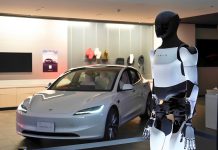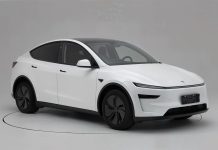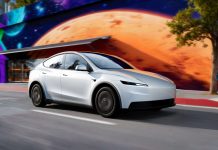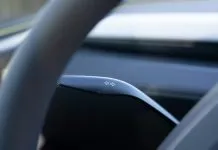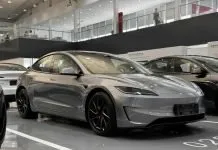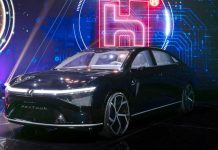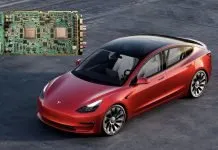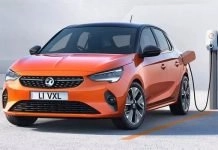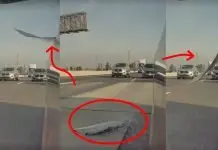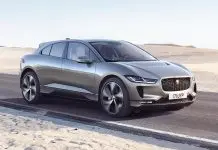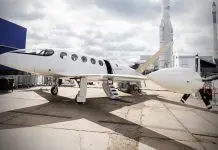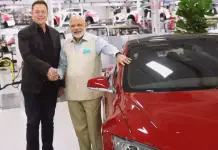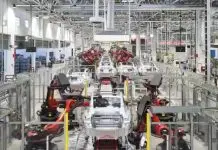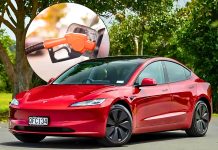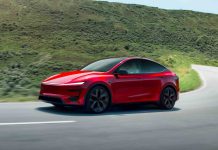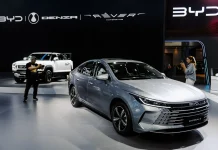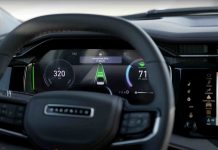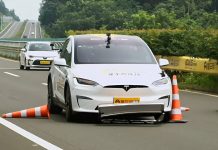The FSD offered by Tesla has been under development and is growing, and one of the recent tests in China underscores the flexibility of the system in one of the most demanding driving paradigms globally. Narrow roads, unforeseeable traffic, and both newly produced and developing transport vehicles alongside traditional tricycles represent the challenge for the automobile driving system in the Chinese environment.
Under these circumstances, Tesla’s FSD (Supervised) drove with fairly natural behavior and handled even complex scenarios carefully and patiently, and without noticeable jitters.
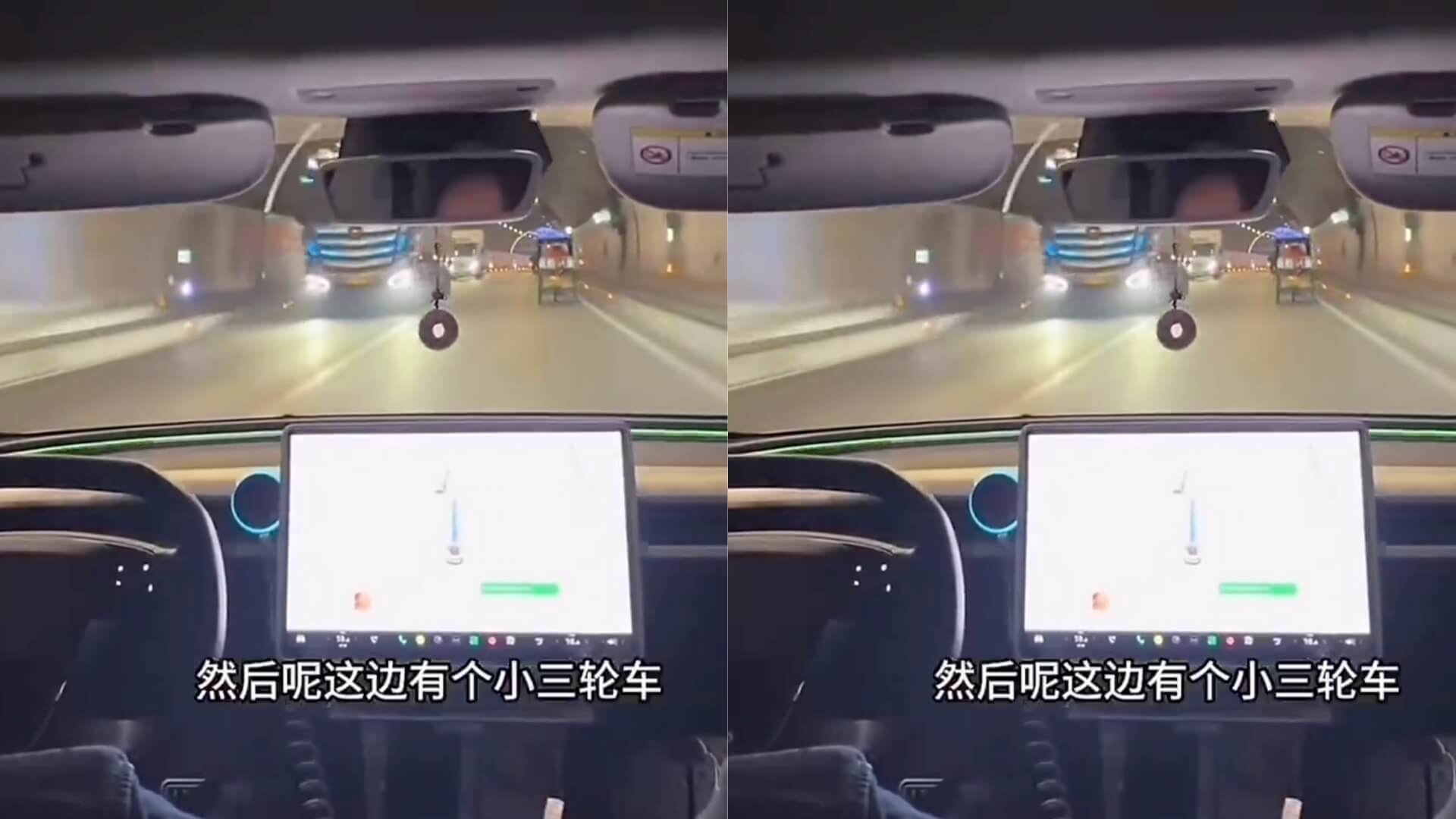
FSD Handled Complex Road Smoothly
Among all the situations witnessed across social media, one involving a Tesla with FSD (Supervised) came across a slow-moving tricycle on a relatively narrow roadway. It did not attempt to overtake recklessly, and even if it had to overtake the tricycle, it maintained a dignified slow speed by waiting for an oncoming large truck before advancing into the far lane to overtake the tricycle.
FSD allows large trucks to pass, then edges into the oncoming lane a bit to overtake a tricycle.
It’s so smooth and natural. pic.twitter.com/gBicFgVg2E— Aaron Li (@boolusilan) April 7, 2025
A very similar thing just happened and looked as smooth and deliberate as if executed by an experienced human driver who was aware of the general dynamics of traffic, safe distances from the car in front and behind, and drivers’ courtesy.
In contrast, this scene is a significant deviation from the usual stereotypical robotic or precipitated approach to early self-driving systems. Some of the previous self-driving vehicles have been accused of taking too long to respond, not being assertive as should be when required to do so, or just generally moving in unexpected ways that may confuse other human drivers. Even if current FSD remains only supervised, seems to be more appropriate to achieve the right balance of assertiveness and prudence.
Unique Challenges That Arise in China
Autonomous driving presents a rich situation in China, which is ideal for the training and testing of such systems. Apart from that, traffic laws and rules are implemented with differences; they are, at times, even violated, and lane discipline is not strictly followed. Now add in electric scooters, pedestrians crossing on the streets rather than sidewalks, and certain areas with cars suddenly stopping, and it is not difficult to fathom why driving in Beijing, Shanghai, Guangzhou, or any other large city gets to be a life-menacing activity even to human beings.
Indeed, it is such a scenario that perfectly depicts its functioning in real life, relying heavily on the data. Unlike simulations or previous paths, the Tesla vehicles amass data from tens of millions of driving miles from different parts of the globe. The FSD system improves from this data and alters its neural networks to be able to tackle various substandard cases and the ability of the regions that it may cover.
What it Means for Customers
The adoption of FSD in China also raises a certain hype about Tesla’s global plan. Conventionally, FSD releases have been performed mainly in the North American region, with the United States as the leading region. It is noteworthy that the description of the system’s performance in China will show its ability to act in the world’s largest auto market, which speaks in favor of the possibility of using the model in other countries. This also points to increasing confidence in the software’s ability to contain different traffic systems and driving cultures as well as different approaches to infrastructure, as is seen in different countries.
Nevertheless, what has been put into practice in China is still under the control of man. Tesla calls it “FSD (Supervised),” which stresses the fact that drivers are expected to remain attentive and be prepared to intervene at any time. In the latest version of full self-driving, or FSD 13.2.4, the car still faces issues in tackling unpredictable situations, such as the recent one where a Tesla Cybertruck crashed into a pole after failing to notice the absence of a merge lane.
This shows that FSD is not completely self-sufficient and needs the driver’s attention often. Until the car can operate on all types of roads, it is recommended that the car be supervised to prevent any fatal accidents.

